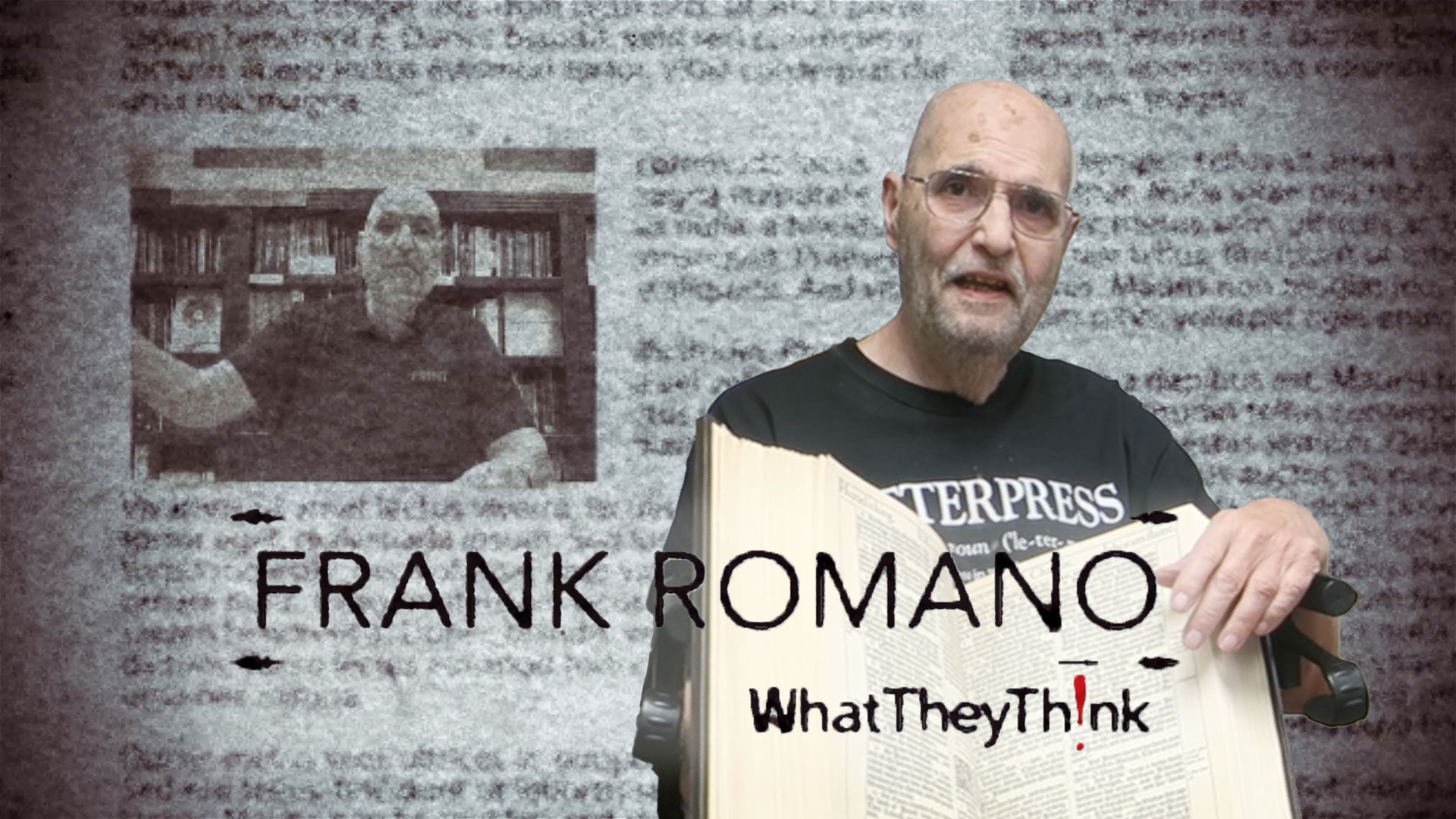Last month we looked at printing inks and some of the things to watch for when purchasing inks that are environmentally friendly. This month I’m focusing on pressroom chemistry. Many of the same issues that apply to printing inks apply to pressroom chemistry as well. There is no one regulatory body that determines what constitutes a “green product”. You may see language such as Green, Sustainable, Renewable Resources and Low Environmental Impact on product labels. You need to look beyond the labels to see what you are getting. Like printing inks, the following properties have some impact on the environment and are generally considered when formulating pressroom chemistry:
- Using bio-derived, naturally based, renewable raw materials
- Lowering the level of Volatile Organic Compounds (VOC’s)
- Using nonhazardous materials in manufacture
- Ensuring the product will not impede recycling or biodegradation
As you are searching for environmentally friendly pressroom chemistry, ask if the product you are considering addresses these areas. VOC’s are measurable and can be compared from one product to the next. There are products available with zero VOC’s as well.
Material Safety Data Sheets (MSDS) will have any hazardous materials listed. Recyclability is an important area as well. Not all pressroom chemistry is biodegradable, and, recycling is preferable to landfills. Very little biodegradability can take place in landfills due to lack of exposure to air. Coatings in particular can affect recyclability.
There are a number of regulatory bodies worldwide that issue standards:
- HAPS (Hazardous Air Pollutants)
- SARA Title III (TRI substances)
- REACH – Substances of Very High Concern (SVHC)
- FOGRA (for European business and EU manufactured presses in USA)
- Ontario Subject Pollutant
- Sony Green Partner
- Wal-Mart – chemical restrictions - 20 chemical of concern
- IARC and NTP listed substances
- California Proposition 65
- Consumer Product Safety Initiative Act (CPSIA)
- CONEG / Toxics in Packaging Legislation
- USDOT Classification
o Flammable
o Corrosive
o Oxidizer
o Environmentally Hazardous Material
A number of these regulating agencies or standards are involved with regulating the use of certain materials in manufacturing.
REACH is the Regulation on Registration, Evaluation, Authorization and Restriction of Chemicals. Since its inception, on June 1st, 2007, it has streamlined and improved the former legislative framework on chemicals of the European Union (EU). They have created a list of Substances of Very High Concern (SVHC). These provide a guideline for manufacturers when formulating their products.
Proposition 65 was created in 1986 by California voters to address their growing concerns about exposure to toxic chemicals. This initiative became the Safe Drinking Water and Toxic Enforcement Act of 1986, better known by its original name of Proposition 65. Proposition 65 requires the State to publish a list of chemicals known to cause cancer or birth defects or other reproductive harm. This list, which must be updated at least once a year, has grown to include approximately 800 chemicals since it was first published in 1987.
The Office of Environmental Health Hazard Assessment (OEHHA) administers the Proposition 65 program. OEHHA, which is part of the California Environmental Protection Agency (Cal/EPA), also evaluates all currently available scientific information on substances considered for placement on the Proposition 65 list. For companies doing business in California this is a requirement for the materials they use.
The cost of these products can be two to three times more expensive than conventional products. Using these products may require that you change how you operate as well. Lower VOC products work differently than their higher VOC brothers. If you are switching to these products it is best to have technical representatives from the company you purchased the materials from available when you start using them. It may also help to have a representative from your ink company available as well.
Minimizing waste is also an important way to be kind to the environment. Prisco makes equipment that can help. Their fountain solution recycling system can extend fountain solutions for up to six months, while improving print quality.
Developer Recycling Systems cut consumption of CTP plate processing chemistry or photographic developers by up to 50%
Solvent Recycler Systems allow for easy and safe distillation and recycling of waste solvents
used to clean and maintain printing presses. Solvent recycling, an off-press, self-contained process, effectively cleans used solvent by removing the absorbed materials - including water, ink and debris. The clean, recycled solvent can be used over and over. The segregated distilled water, if present, is collected and disposed of in accordance with local regulations.
For presses with automatic wash up systems PREPAC combines the dry cloth with a low VOC solvent. Using this method solvent usage can be reduced and VOC’s virtually eliminated.
Look before you leap and make sure you research the claims before you buy!




